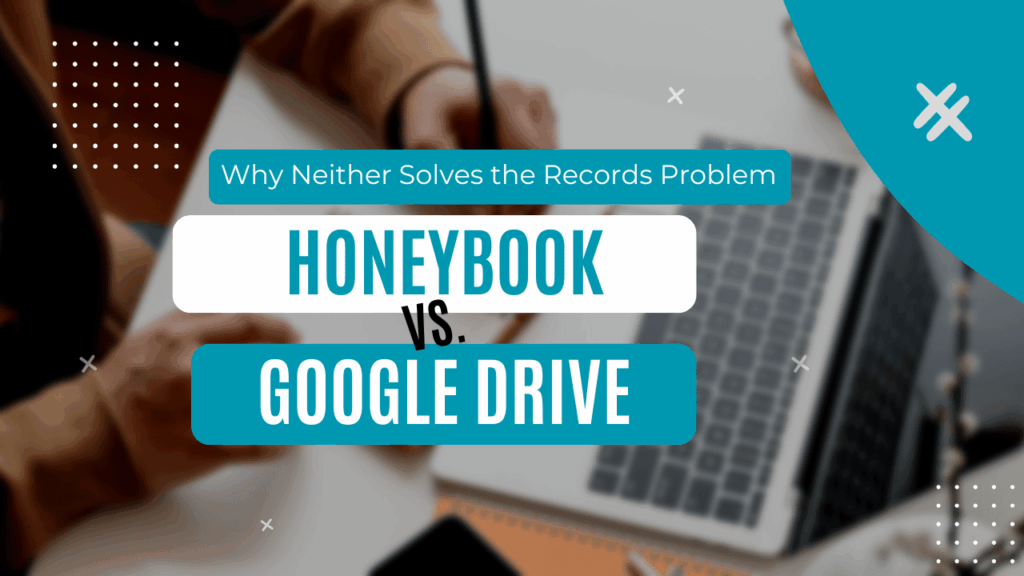Looking for the best dyslexia apps for kids? Whether your child is just learning to read or needs support with fluency, comprehension, or reading access, this guide breaks down the top research-backed tools for structured literacy, oral reading practice, audiobooks, and assistive technology. These apps support dyslexic learners at home and can complement school services or tutoring.
Unlike many “learn to read” lists, this guide only includes tools designed specifically to help kids with dyslexia succeed. We excluded lightweight apps focused only on early phonics without deeper intervention design, and we left out programs only available through school licenses.
How We Chose These Tools
There are a lot of apps out there. To help you choose the best, we focused on tools that are:
- Grounded in research (like structured literacy or cognitive science)
- Evidence-based or in active validation
- Recognized by educators or award programs
- Designed with the needs of dyslexic learners in mind
You’ll see symbols to help you spot those distinctions:
- 🧪 = Evidence-based or validated
- 🏆 = Award-winning or recognized by experts
- 🚧 = New or promising, but still being studied
Summary Table: Top Dyslexia Apps
| App | Age/Need | Key Features | Research Status |
|---|---|---|---|
| Nessy | Ages 5–12 | OG-based phonics games | 🧪🏆 |
| OG Star | OG users | Multisensory phonics lessons | 🧪 |
| GraphoGame | Early readers | Letter-sound practice game | 🧪 |
| Lexia Core5 | K–5 | Adaptive phonics & comprehension | 🧪🏆 |
| Sprout Labs | Ages 4–8 | Game + validated screener | 🧪🚧 |
| Lexercise | OG therapy | Therapist-guided intervention | 🧪 |
| Dysolve | Self-paced | AI-based intervention in RCT | 🧪🚧 |
| Fast ForWord | Cognitive support | Builds memory, attention, fluency | 🧪 |
| MindPlay | Individualized | OG-aligned with speech feedback | 🧪 |
| KOBI | Fluency | Real-time dyslexia-friendly overlays | 🧪🏆 |
| Readability Tutor | Oral reading | AI feedback on fluency & comprehension | 🚧 |
| Lexy | Game-based | AI-guided, gamified fluency practice | 🚧 |
| Learning Ally | IEP audiobook access | Human-read with synced text | 🧪 |
| Bookshare | Print disabilities | TTS/Braille library | 🧪 |
| Libby | General access | Free audiobooks via library | 🚧 |
| Read & Write | Assistive tech | Full reading/writing support toolbar | 🧪 |
| Speechify | TTS access | Audio conversion of any text | 🚧 |
| Immersive Reader | Microsoft tools | Layout, font, and grammar support | 🧪 |
| Voice Dream Reader | Custom TTS | Articles, books, PDFs with voice control | 🧪 |
Best Structured Literacy Apps for Dyslexia
These apps are grounded in structured literacy — a research-backed approach emphasizing phonemic awareness, decoding, and multisensory instruction.
Nessy 🧪🏆
A playful but robust app for kids learning to read using Orton-Gillingham principles. Nessy teaches phonics, spelling, and vocabulary through silly animations, interactive games, and sequenced lessons. Great for kids 5-12 who need repetition but resist drill-style learning.
OG Star 🧪
Ideal for families following an Orton-Gillingham approach at home. OG Star offers structured phonics lessons with built-in tracking and interactive activities that reinforce multisensory learning.
GraphoGame 🧪
Originally developed in Finland, this app helps early readers build phonemic awareness through game-based letter-sound matching. The adaptive engine adjusts difficulty as your child progresses.
Lexia Core5 🧪🏆
A school-based favorite now available to homeschoolers. Lexia provides personalized, adaptive instruction in phonics, vocabulary, and comprehension. It’s especially useful for families who want alignment with what’s used in classrooms.
Sprout Labs 🧪🚧
This newer app combines engaging game-style reading lessons with a research-based early literacy screener. Ideal for kids just starting their reading journey who may benefit from both instruction and screening.
Dyslexia Intervention Apps (Therapist-Supported or Independent)
These apps go beyond practice to deliver structured remediation — some with professional guidance and some built for self-paced use.
Lexercise 🧪
One of the most established online dyslexia therapy platforms. Lexercise uses Orton-Gillingham methodology and offers both therapist-led sessions and a self-paced version with progress tracking and built-in games.
Dysolve 🧪🚧
An AI-powered intervention tool created by dyslexia researchers. Dysolve offers customized exercises for decoding and language processing. It’s currently being studied in a university-led clinical trial.
Fast ForWord 🧪
Developed by neuroscientists, this program builds underlying cognitive skills like memory, attention, and processing speed — all of which support stronger reading fluency. Often used in schools and by homeschooling families.
MindPlay Virtual Reading Coach 🧪
Offers individualized OG-aligned instruction enhanced by speech recognition and real-time feedback. Great for families looking for a data-driven, school-grade tool with at-home flexibility.
AI-Powered Reading Practice Apps
These tools use AI to help kids improve fluency and comprehension through oral reading feedback or adaptive narration.
KOBI 🧪🏆
Designed with dyslexic users in mind, KOBI lets kids practice reading aloud while the app offers real-time guidance. Includes phonics and visual tracking tools.
Readability Tutor 🚧
An AI-driven reading app that listens to your child read aloud and provides real-time feedback on accuracy, fluency, and comprehension. Especially helpful for building oral reading skills at home.
Lexy 🚧
A gamified reading environment where AI narration adapts to your child’s pace and skill. Built for engagement, Lexy helps build fluency through consistent, game-based practice.
Best Audiobook Apps for Kids with Dyslexia
These tools help kids access grade-level material, build vocabulary, and enjoy books in a format that works for their brain.
Learning Ally 🧪
A go-to option for students with IEPs or 504 plans. Learning Ally offers human-narrated audiobooks synced with on-screen text, including textbooks and novels.
Bookshare 🧪
Free for students with qualifying print disabilities. Offers an enormous digital library in audio, large print, Braille, and ebook formats.
Libby 🚧
Use your public library card to access thousands of free audiobooks and ebooks. Not dyslexia-specific, but still great for accessibility and choice.
Best Assistive Tech for Reading Access
These tools support access and reduce fatigue through text-to-speech, formatting, and visual aids.
Read & Write 🧪
A full-featured literacy support toolbar with text-to-speech, word prediction, highlighting, dictionary tools, and study skills features. Widely used in schools and supports IEP accommodations.
Speechify 🚧
Quickly turns any text, web page, or PDF into audio. Offers natural-sounding voices and custom reading speeds — useful for older students and adults.
Microsoft Immersive Reader 🧪
Built into Word, OneNote, and Edge. Offers a distraction-free layout, adjustable fonts and spacing, grammar highlighting, and read-aloud features.
Voice Dream Reader 🧪
A highly customizable TTS app for reading books, articles, and PDFs. Offers voice, speed, and layout adjustments ideal for students who want flexible access.
How Much Does the Research Matter?
Some of these tools have rigorous research behind them; others are still emerging. Here’s how to think about it:
- Start with evidence-based apps if your child is struggling significantly
- Use newer, engaging apps like Lexy or KOBI for fluency practice
- For reading access tools (like audiobooks or TTS), usability matters more than formal validation
Additional Resources for Families
Choosing the right app is just one part of supporting a child with dyslexia. These resources can help you go deeper:
- Decode IEPs YouTube Channel — Short, parent-friendly videos about evaluations, rights, and IEP meetings
- KidvoKit — Organize your IEP paperwork, track progress, and stay on top of services with AI help
- Parent’s Guide to Dyslexia Programs and Tutoring — Learn when school support is enough and when to seek outside help
FAQs About Dyslexia Apps
What are the best free dyslexia apps?
Bookshare, Microsoft Immersive Reader, and Libby offer strong free access options. Intervention programs and fluency apps are generally not free.
Do these apps replace tutoring or school support?
Not fully. Apps are a great complement but don’t replace structured instruction from teachers or therapists.
Which dyslexia apps are backed by research?
Look for the 🧪 symbol in this post for tools validated by studies or trials.
Which app is best for older students?
Voice Dream Reader, Learning Ally, MindPlay, and Lexercise are all good choices for teens.
How do I know what’s right for my child?
Try one from each category. The best app is the one your child will actually use.
About the Author
Karen Gage is a parent and the founder of KidvoKit, an AI-powered tool that helps families manage IEPs, understand their rights, and track progress. She created this guide based on personal experience and research into the best educational tools for dyslexia.



